Environmental Archaeology

Environmental Archaeology investigates the interaction between man and nature in the past. This interaction starts with the natural environment which has developed over millions of years, to arrive at the Holocene (the last 6,000 years), to finally at our periods of interest, the Classical period and the Middle Ages. Climate and geology (including volcanology) combine to form the basis of the natural environment of rivers, plains and mountains that we see today. Man, of course, has imprinted his mark upon the natural environment. He has changed it by building roads and towns and he has tamed it through harnessing water supplies, growing food and raising animals. In turn, humans can be greatly affected by nature’s power in the way of floods, droughts, and of course, eruptions.
The north slope of Vesuvius is a privileged area for environmental studies because it preserves considerable remains of several eruptions, of which the Pompeian (AD 79) and the late antique ones (AD 472, 505/512) are the most important. Sealed by the volcanic fill, archaeological remains and ecofacts are well preserved and produce high-resolution data that are used to reconstruct the ancient environment and its changes over time.
Our investigations
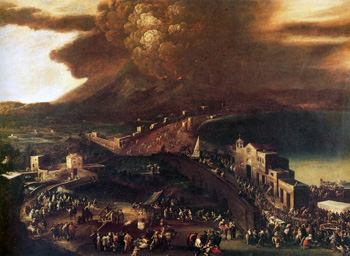
It is the general opinion that Neapolis’ countryside in antiquity was small and mostly covered by swamps and marshes, and indeed so it was in the last few centuries, although there is not enough data to prove their existence in the classical period. The hypothesis of wide marshes led scholars to believe that communication between Neapolis and other inland productive areas, most notably Nola and Capua, was severely hampered. It is our aim to test this theory, especially considering the available evidence from the ancient and the Medieval literary sources; in fact according to these sources the plain between Neapolis and Vesuvius was bisected by the river Sebethus.
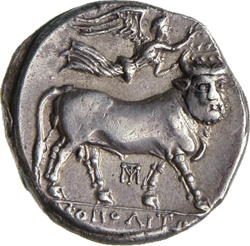
Beyond Sebethus, the extant remains of Roman centuriation grids suggest that the entire plain, especially in the Nolan countryside, was densely exploited.
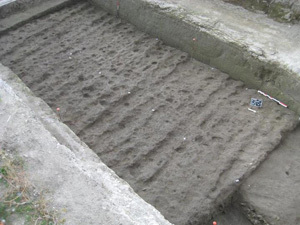
The higher slopes of the volcano and the Apennines were covered by woodland. The evidence is still too scant and patchy for a comprehensive reconstruction; most of the available data come from the Roman baths in Pollena Trocchia and the Roman villa in Somma Vesuviana.
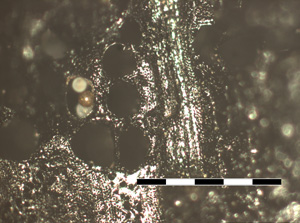
Buried in the volcanic fill, carbonized leaves are indeed quite unique specimens of the plants and trees which were growing right around the site at the time of the eruptions. This evidence is being used for the micro-topographic reconstruction of the species cultivated (as opposed to charcoal and pollen, which can be transported to the final sampling location from a long distance). Furthermore, leaves from the later eruptive contexts (AD 505/512) are being compared to those from the previous eruption (AD 472) in order to understand how the landscape recovered from the first eruption and which species recolonized it.
A further field of enquiry is investigating the role played by woodland in the broader regional picture. Woodland was highly used in antiquity both as fuel and timber.
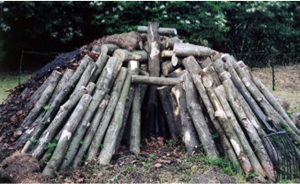
What we do on site
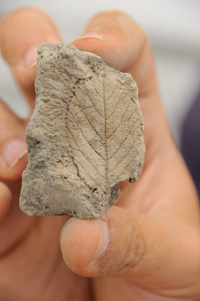
References
E. Allevato, M. Buonincontri, M. Vairo, A. Pecci, M.A. Cau, M. Yoneda, G.F. De Simone, M. Aoyagi, C. Angelelli, S. Matsuyama, K. Takeuchi, G. Di Pasquale, “Persistence of the cultural landscape in Campania (Southern Italy) before the AD 472 Vesuvius eruption: archaeoenvironmental data”, Journal of Archaeological Science 39 (2012): 399-406 [ISSN: 0305-4403]
G. Di Pasquale, E. Allevato, E. Russo Ermolli, S. Coubray, C. Lubritto, F. Marzaioli, M. Yoneda, K. Takeuchi, Y. Kano, S. Matsuyama, G.F. De Simone, “Reworking the idea of chestnut (Castanea sativa Mill.) cultivation in Roman times: new data from ancient Campania”, Biosystems 144.4 (2010): 865-873 [ISSN: 1724-5575]
R. Veal, G. Thompson, “Fuel Supplies for Pompeii: Pre-Roman and Roman charcoals of the Casa delle Vestali”, in: G. Fiorentino, D. Magri (eds.), Charcoals from the Past: Cultural and Palaeoenvironmental Implications, Oxford: Archaeopress 2008, 287-97
